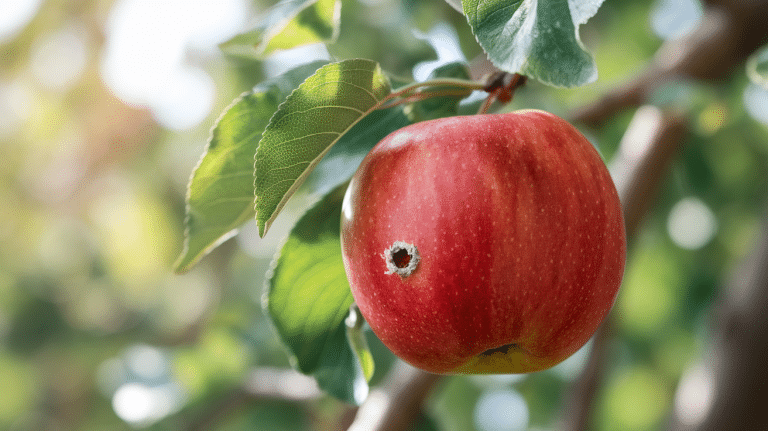Lion’s Mane Mushroom Grow Kits: A Beginner’s Guide
If you are new to the hobby of growing mushrooms and looking for where to start, you are at the right place. Lion’s Mane is one of the simplest mushrooms of all.
As these mushrooms are very convenient and easy to harvest, they are commonly used as the first move into the hobby of mushroom cultivation.
Lion’s Mane is a white fluffy fungus with its unique needle-like visuals.
Talking about taste, it is similar to lobster. That is why these mushrooms hold a wide range of popularity.
Growing these mushrooms can sometimes be challenging, but there is nothing to worry about.
You can easily get an organic mushroom grow kit at a reasonable price and grow your own Lion’s Mane at home. Do you want to know how?
Before diving into the procedure, let’s learn about the required ingredients.
Essential Ingredients
A mushroom grow kit basically consists of the substrate that can be both with and without the mushroom spawns.
You may need a few additional materials for a better experience. Not to mention, they are extremely cheap and can be found on top of your kitchen counter as well.
1. The Fruiting Block
This is a bag where the substrate is resided in. It contains all the nutrients the mushroom mycelium will need to develop.
The substrate is basically a combination of dry ingredients like hardwood sawdust, straw, and such.
If the mushroom mycelium is not developed enough, you may keep it in the fridge or let it develop first.
2. Humidity Dome
The humidity dome is a plastic bag used as a tent for the fruiting block.
The bag plays a great role in keeping up with the humidity. Without it, the fruiting process might be contaminated.
3. Some Skewers
There are a few skewers to hold up the humidity tent. The number of skewers depends on the size of the humidity block, but two is ideal.
4. Spray Bottle
A spray bottle is needed to create humidity inside the tent. As using direct water may take a lot of time to evaporate.
5. Some Tapes
To prepare the fruiting block, you may need to edit. Using some tapes can simplify the work for you.
6. A Suitable Container
Lastly, you may want a suitable container for your block to stay in. The size of the container depends on the size of your block. You can choose a flat plate as well.
Now, once you have all the ingredients mentioned above, you are ready to grow your very own Lion’s Mane mushrooms at home.
But a lot don’t know that there is a high chance of the mushroom’s growth to be stressed out. If you take care of the upcoming steps thoroughly, you may get the best results.
A Guide to Growing Lion’s Mane Mushrooms at Home
If you have all the ingredients ready, you have to ensure consistency.
Consistency in sunlight exposure and humidity is needed to ensure a healthy batch of mushrooms.
Once you have all of these ready to go, you can just be patient for the next few weeks.
Here is a proper guide to growing Lion’s Mane mushrooms for a successful harvest.
1. Arranging the Fruiting Block
You will find a bag filled with substrate when you purchase a Lion’s Mane growing kit.
It contains mushroom mycelium that can 0be both developed or under-developed.
If matured enough, the block is ready to fruit. In the contrary, you may have to wait for it to develop according to the additional instruction book.
If your fruiting block is ready to go, you have to make two cuts on the top of the bag.It allows the air to get out from the bag.
Then you have to push to the face of the substrate; ensuring no trace of oxygen and seal the bag with the help of tapes. That is how your fruiting block is ready!
2. Choosing a Container
You can choose a flat plate or a container. It is totally your choice, but it depends on the size of the block.
In both cases, you can use spray and evaporation to create humidity.
3. Preparing a Humidity Dome
One of the core components of growing a Lion’s Mane is the humidity tent.
You have to take a plastic bag and place it upside down onto the block.
Not to mention, the block may need some fresh air to fruit along with the humidity as well.
So, you can dig a few holes in the body of the plastic bag before covering it. That is how you can easily create a humidity dome for the mushrooms.
4. Fruiting Phase
Once you are done with your tent, you must take a spray bottle and shower the block with a few squirts of water twice daily.
Not to mention, the water needs to be clean for the healthy growth of the mushrooms.
A lot of people don’t know, but consistency plays an impactful role while growing mushrooms.
You have to choose a suitable place for the mushrooms to read through and initiate fruiting.
It can be your kitchen counter or your washroom, where you have a consistency of light and humidity. Within two or three weeks, the blocks will start fruiting.
5. Harvesting Period
Once your block starts to fruit, it will take no time to grow.
When you see a perfect white needle hanging down from the block, that is when you know your mushrooms are ready to eat.
If you delay harvesting, it may discolour and you will lose the best.
To harvest, you just have to twist the whole pile of mushrooms at once with firm hands, and they will come out.
Congratulations! Your at-home mushroom growing kit was successful.
Conclusion
Even though this procedure of growing mushrooms may look pretty easy on the beginning, but these mushrooms have a high chance to get contaminated any time.
The signs of contamination are blue or grey molds following with a liquid substance on the body of the block.
To prevent it, you will need take care of the block regularly or clean them with firm hands. Growing mushrooms have never been this easier!







